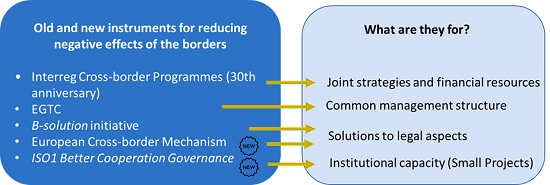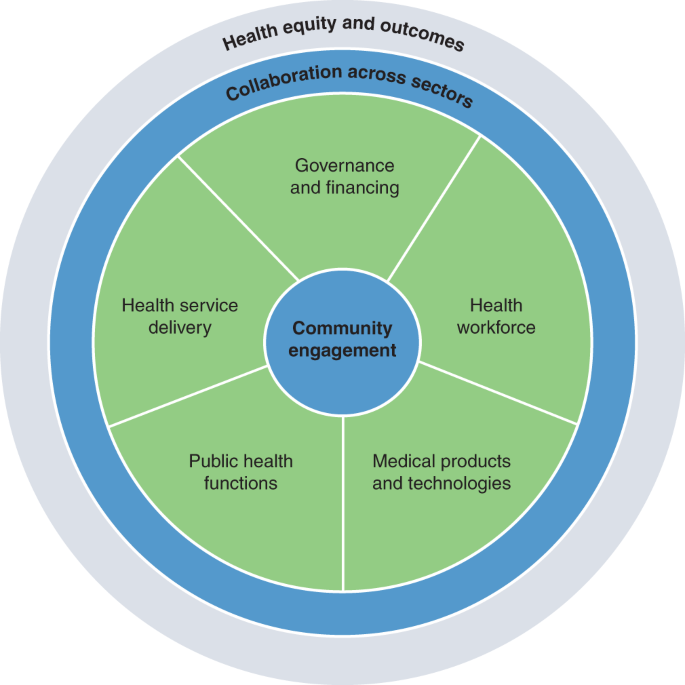
Building Resilience: Strengthening Epidemic Preparedness Plans
Effective epidemic preparedness is a cornerstone of global health security, especially in the face of emerging infectious diseases. This article delves into the critical components and strategies required for fortifying epidemic preparedness plans, emphasizing the need for a proactive and collaborative approach.
Comprehensive Risk Assessment: Identifying Vulnerabilities
A robust epidemic preparedness plan begins with a comprehensive risk assessment. Identifying vulnerabilities, understanding potential vectors of transmission, and assessing the capacity of healthcare systems are vital steps. This assessment provides the foundation for tailored preparedness strategies that can effectively address specific risks and challenges.
Integrated Surveillance Systems: Early Detection Matters
Early detection is key to preventing the escalation of epidemics. Strengthening epidemic preparedness involves the integration of advanced surveillance systems. These systems, equipped with real-time data analytics and artificial intelligence, enable health authorities to detect and respond to potential outbreaks swiftly. Timely intervention can significantly mitigate the impact of infectious diseases.
Strategic Stockpiling: Ensuring Adequate Resources
A well-prepared healthcare system includes strategic stockpiling of essential resources. This involves maintaining an inventory of medical supplies, vaccines, antiviral medications, and personal protective equipment. Strategic stockpiling ensures that healthcare facilities have immediate access to the resources needed to respond effectively to an epidemic, preventing shortages during critical times.
Capacity Building and Training: Empowering Healthcare Professionals
Empowering healthcare professionals through capacity building and training is a fundamental aspect of strengthening epidemic preparedness. Training programs should cover a range of areas, from outbreak response protocols to the use of specialized equipment. A skilled and prepared healthcare workforce is better equipped to handle the complexities of epidemic situations.
Community Engagement: Fostering Public Awareness
Epidemic preparedness extends beyond the healthcare system to involve communities. Fostering public awareness and engagement is crucial. Communities should be educated about preventive measures, the importance of early reporting of symptoms, and their role in supporting containment efforts. Informed and engaged communities become active partners in epidemic preparedness.
International Collaboration: A Unified Front
Global health threats require a unified response. Strengthening epidemic preparedness involves fostering international collaboration. Sharing knowledge, resources, and expertise on a global scale ensures a collective defense against infectious diseases. Collaborative efforts can include joint research initiatives, information sharing, and coordinated response strategies.
Technological Innovations: Enhancing Response Capabilities
The integration of technological innovations is pivotal in fortifying epidemic preparedness plans. From mobile health applications for symptom monitoring to blockchain for transparent supply chain management, technology enhances the efficiency and effectiveness of response efforts. Continuous innovation ensures that preparedness plans remain adaptable to the evolving landscape of infectious diseases.
Simulations and Drills: Testing Preparedness in Action
Regular simulations and drills are essential to test the effectiveness of epidemic preparedness plans. These exercises allow healthcare professionals and emergency responders to practice their roles in a controlled environment. Identifying strengths and weaknesses through simulations enables refinements to be made, ensuring a more resilient response during actual epidemic situations.
Investment in Research and Development: Future-Proofing Preparedness
Strengthening epidemic preparedness requires a sustained commitment to research and development. Investing in the discovery of new vaccines, treatments, and diagnostic tools is essential for future-proofing preparedness plans. A proactive approach to research ensures that healthcare systems are equipped to face emerging threats head-on.
In conclusion, fortifying epidemic preparedness plans is an ongoing and collaborative effort. By conducting comprehensive risk assessments, embracing technological innovations, and fostering international collaboration, the global community can build a resilient defense against infectious diseases. To learn more about strengthening epidemic preparedness plans, visit healthcares.my.id.














